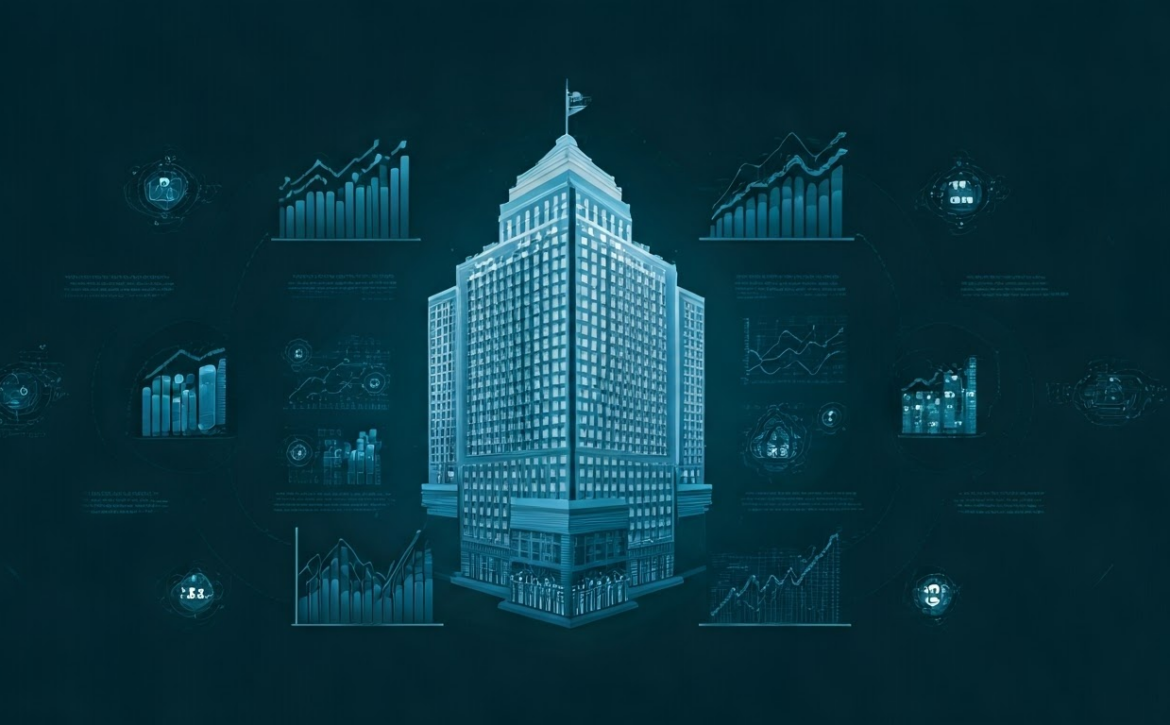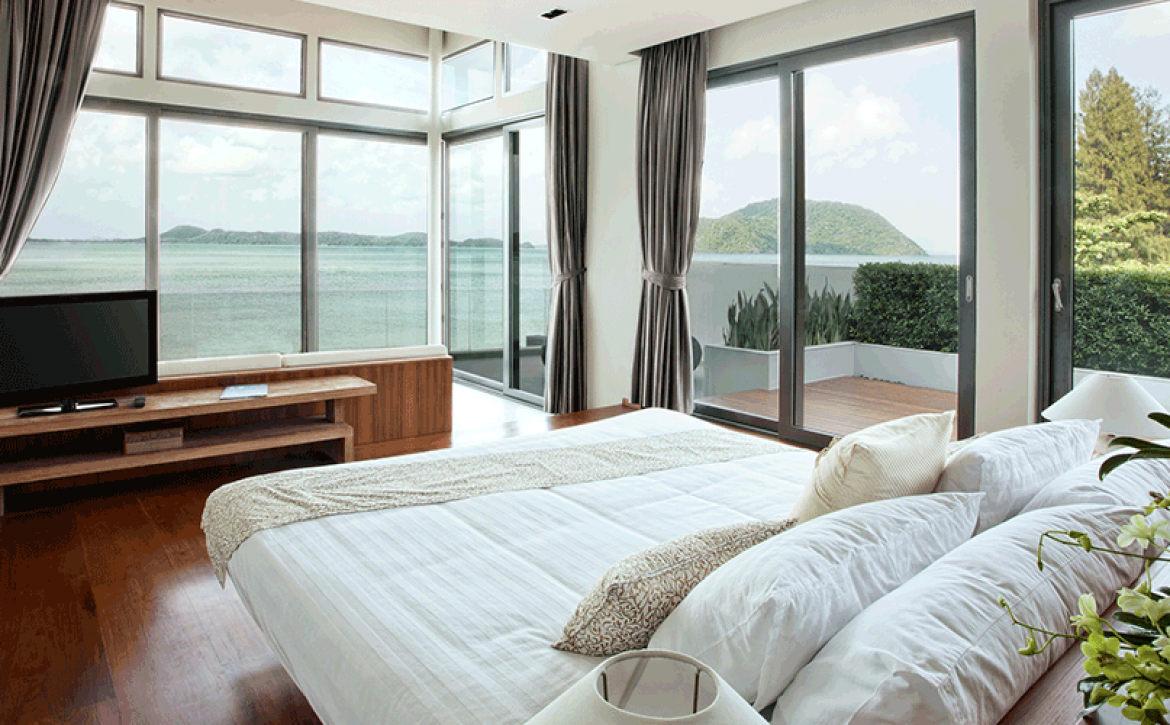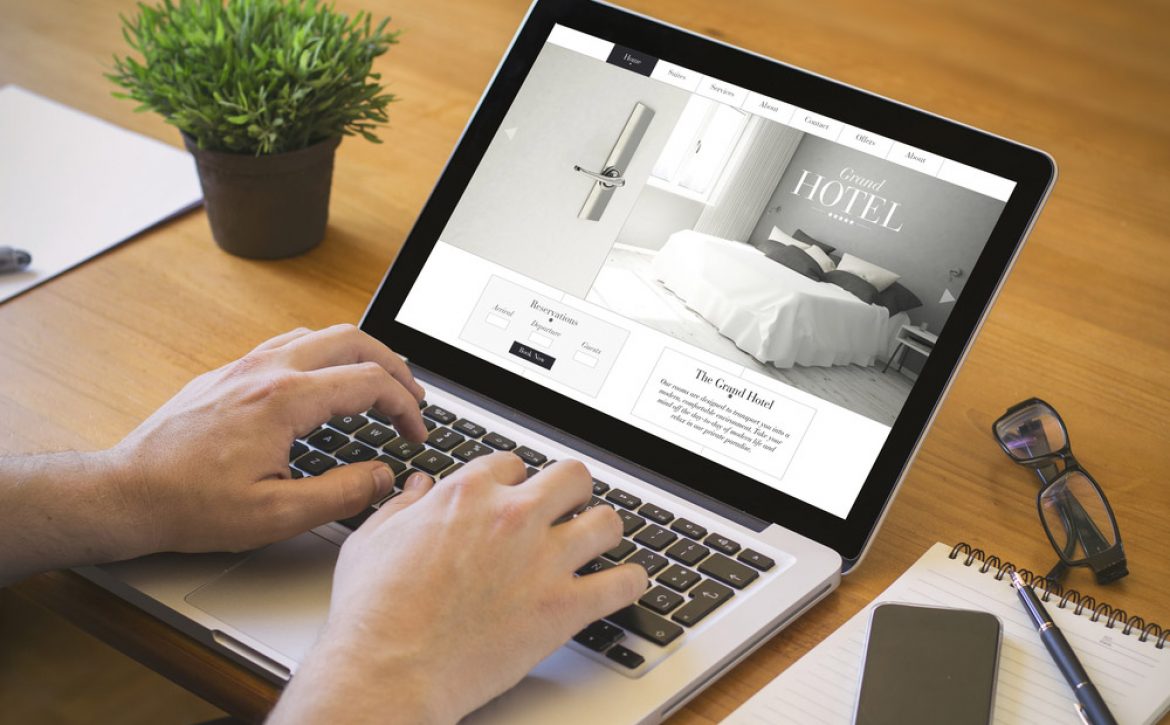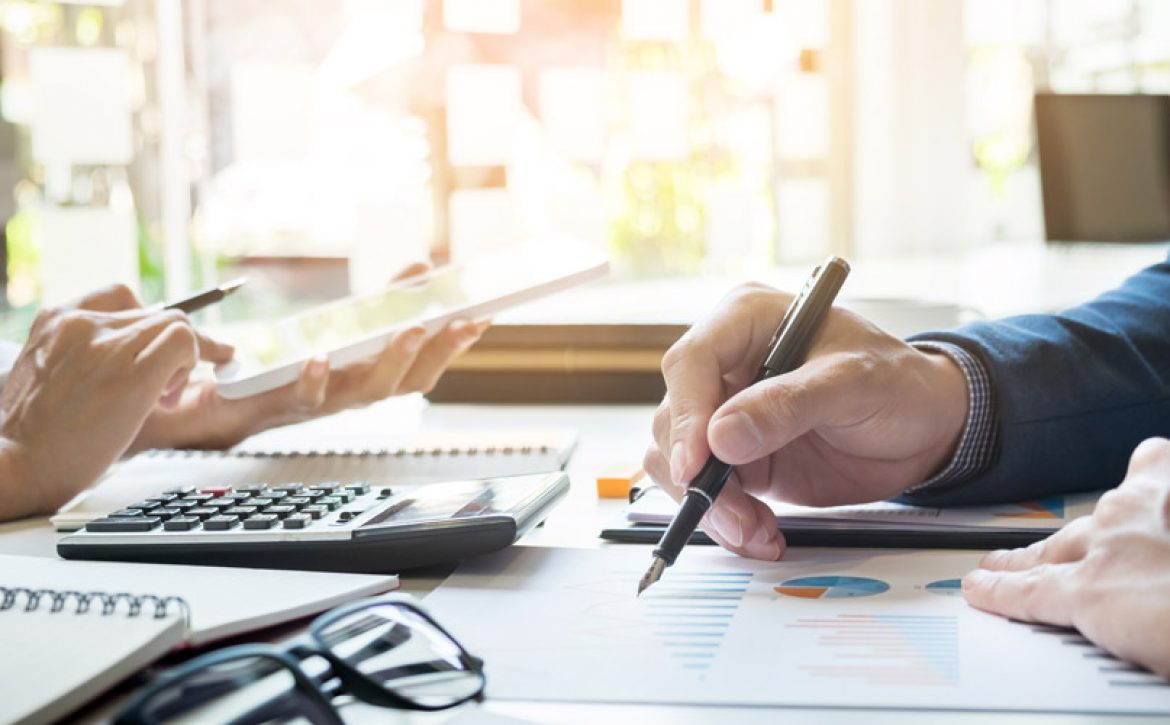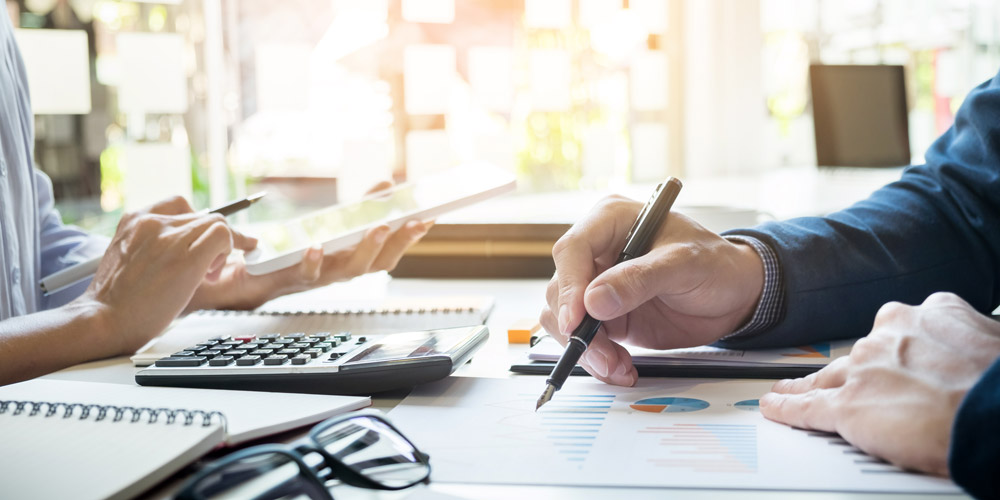Reimagining Hospitality: How Hotel Owners Can Thrive In The Next Technological Revolution
In the rapidly evolving hospitality sector between 2025 and 2030, hotel owners face a whirlwind of technological advancements, shifting consumer preferences, and operational hurdles. Embracing these changes is no longer optional but is essential for staying competitive and ensuring sustainable growth. This blog post delves into the key challenges and opportunities that lie ahead, offering strategies and insights for navigating this transformative period, with a spotlight on how innovative solutions can pave the way to success.
The Changing Landscape of Hospitality
The hospitality industry is undergoing a seismic shift driven by technological disruptions, emerging accommodation models, and evolving guest expectations. Hotel owners must adapt to these changes to remain relevant and competitive. Innovation and strategic planning are now more critical than ever to thrive in this dynamic environment. The insights and strategies in this article are designed to help navigate these challenges and seize the opportunities that lie ahead.
Key Challenges and Disruptions
These challenges encompass new technologies (AI, automation), alternative lodging options (Airbnb, micro-hotels), workforce management issues, and the rising importance of sustainability. Addressing these disruptions requires a multifaceted approach that includes investing in technology, refining operational strategies, and enhancing guest experiences. Those who don’t adjust risk falling behind in a market characterized by heightened expectations and fierce competition.
The imperative of continuous adaptation in the face of evolving consumer behavior.
Adapting swiftly to changing consumer preferences is paramount for hotel owners aiming to thrive in the evolving hospitality landscape. Consumer behavior is dynamic, influenced by technological advancements, economic conditions, and evolving lifestyle trends. Hotel owners must develop strategies to anticipate and respond to these shifts effectively.
Leveraging Data Analytics for Behavioral Insights
Data analytics is an indispensable tool for understanding consumer behavior. By analyzing various data points, hotels can gain insights into guest preferences, booking patterns, and spending habits. This information enables hotels to tailor services, personalize experiences, and optimize pricing strategies to meet customer needs effectively.
Sources of Data
- Online Booking Data: Analyzing booking patterns, lead times, and demographic information.
- Guest Feedback: Monitoring reviews, surveys, and social media comments.
- Website Analytics: Tracking user behavior on hotel websites, including page views, bounce rates, and conversion rates.
- CRM Systems: Utilizing Customer Relationship Management (CRM) systems to collect and analyze customer interactions.
Enhancing Personalization Through Technology
Personalization is a key differentiator in today’s competitive hospitality market. Technology enables hotels to deliver customized experiences that resonate with individual guests. AI-powered recommendation engines can suggest personalized offers, while chatbots provide instant customer support. The more a hotel can cater to individual preferences, the higher the likelihood of repeat business and positive word-of-mouth.
Examples of Personalization
- Customized Room Preferences: Offering preferred room types, amenities, and views.
- Tailored Dining Recommendations: Suggesting restaurants and dishes based on dietary restrictions and preferences.
- Personalized Activity Recommendations: Proposing local attractions and activities aligned with guest interests.
- Loyalty Programs: Rewarding repeat guests with exclusive perks and discounts.
Embracing Flexibility in Service Offerings
Flexibility is crucial in meeting the diverse needs of today’s travelers. Hotels should be prepared to adapt their service offerings to accommodate changing demands. This includes offering flexible booking policies, customizable packages, and a range of accommodation options.
Strategies for Enhancing Flexibility
- Flexible Booking Policies: Allowing guests to modify or cancel reservations without penalty.
- Customizable Packages: Offering packages that can be tailored to individual preferences and budgets.
- Diverse Accommodation Options: Providing a range of room types and configurations to suit different needs.
- On-Demand Services: Offering services that can be accessed and customized based on guest requirements.
Technological Disruption in Hospitality
Technology is no longer a mere support function but a core driver of innovation and efficiency in the hospitality industry. From AI-driven guest experiences to smart property management solutions, technology is reshaping every aspect of hotel operations. Embracing these advancements can help hotel owners streamline processes, reduce costs, and elevate the guest experience to new heights.
Read more: Vision 2030: Future-proofing Hospitality Businesses
AI and Automation Trends
Artificial Intelligence (AI) and automation are revolutionizing the guest experience by adding touchpoints that personalize and streamline service like never before. According to “Hospitality Technology,” AI-driven guest services will define the next generation of service optimization that ensures efficiency and satisfaction.
AI-Driven Guest Experiences
AI-powered chatbots offer instant customer service, while personalized recommendations enhance guest satisfaction. Automated check-in systems reduce wait times, providing a seamless arrival experience. Such technologies not only improve guest satisfaction but also free up staff to focus on more complex tasks.
Automated Check-In and Personalization
Automated check-in kiosks and mobile check-in options are becoming increasingly popular, reducing lines and providing a convenient way for guests to start their stay. AI-driven personalization tailors recommendations for dining, activities, and amenities, enhancing the overall guest experience. According to “Skift,” over 60% of guests prefer hotels to leverage data to personalize their stay.
Predictive Maintenance and Operational Efficiency
AI also plays a crucial role in predictive maintenance, identifying potential equipment failures before they occur, saving time and money. This capability minimizes downtime and ensures that hotel operations run smoothly. It also allows hotel staff to address maintenance issues proactively.
Smart Property Management Solutions
Smart Property Management Solutions are redefining how hotels operate. Systems become pivotal in enabling hotel owners to manage their properties more efficiently, leveraging real-time data analytics to make informed decisions, and centralizing operational control.
Cloud-Based Systems
Cloud-based systems provide real-time data analytics and centralized operational control, making it easier for hotel staff to manage bookings, track inventory, and monitor performance. The system is designed for operational excellence, scalability, and customer satisfaction.
Real-Time Data Analytics
Features like “Dashboard & Analytics” allow hotels to collect information and help them leverage analytical data to gain information. This includes occupancy rates, revenue per available room (RevPAR), and guest feedback, which provide valuable metrics for making data-driven decisions. “Hotel Tech Report’s 2024 study,” highlights that hotels using data analytics tools saw a 15% increase in operational efficiency.
Centralized Operational Control
CiHMS offers centralized operational control that keeps all hotel functions, from front desk operations to housekeeping, connected and coordinated. This reduces errors, improves staff productivity, and creates a more seamless guest experience.
Mobile Accessibility for Staff
With mobile accessibility, staff and managers can access critical information and perform tasks from anywhere, ensuring quick responses. Features like “Mobile App,” support all employee actions with convenience from any mobile device, which enhance responsiveness and productivity.
The Rise of Alternative Accommodation Models
The surge in popularity of alternative lodging such as AirBnB and other unique forms of accommodation creates both challenge and opportunity for those in the hospitality industry. To compete effectively, traditional hotels must innovate and adapt.
AirBnB and Sharing Economy Impact
According to a recent report by “STR,” Airbnb has achieved significant traction, impacting traditional hotels by cornering around 10-12% of the overall accommodation which presents a significant challenge that cannot be ignored. To counter this, traditional hotels can learn to offer their brand of personalization, curated experiences, and other value-added amenities.
Competitive Strategies for Traditional Hotels
Traditional hotels can compete by emphasizing personalized service, loyalty programs, and unique amenities. Hotels can also attract travelers seeking a more secure and reliable experience by highlighting their professional standards. Adding value through unique experiences (e.g., wine tasting events, local excursions) can also help differentiate from Airbnb offerings.
Hybrid Accommodation Models
Hybrid accommodation models blend the best features of hotels and alternative lodging. Boutique hotels with apartment-style rooms or extended-stay options cater to guests seeking flexibility and convenience. By integrating self-service options with traditional hotel amenities, hybrid models can meet a broad range of guest preferences.
Diversification of Hospitality Offerings
Diversifying hospitality offerings beyond traditional rooms can also draw in more customers. Hotels can consider incorporating co-working spaces, cooking classes, or wellness retreats to create a more holistic guest journey. According to “Forbes,” diversification into lifestyle and experiential offerings increases customer loyalty by up to 30%.
Emerging Staying Concepts
Several new staying concepts, such as micro-hotels and workation spaces, are emerging to cater to specific needs and preferences.
Micro-Hotels
Micro-hotels offer compact, stylish accommodations in urban areas, providing affordable options for budget-conscious travelers. By focusing on essential amenities and efficient use of space, these hotels can offer cost-effective stays without sacrificing comfort.
Workation Spaces
Workation spaces combine accommodation with co-working facilities, appealing to remote workers and digital nomads. Hotels can create dedicated work areas, offer high-speed internet, and ensure a conducive environment for productivity. “Global Workplace Analytics” reports a 35% increase in remote work, driving the demand for workation spaces.
Sustainable and Eco-Friendly Accommodations
With growing environmental consciousness, sustainable and eco-friendly accommodations are gaining traction. Hotels can implement green practices such as energy-efficient lighting, water conservation measures, and waste reduction programs, attracting environmentally conscious travelers. “Booking.com’s Sustainable Travel Report 2024″ indicates that 73% of travelers are more likely to choose accommodations with sustainability certifications.
Workforce Challenges and Solutions
Staff shortages are a significant challenge in the hospitality industry. Implementing technology can streamline human resource processes such as finding, onboarding, and training associates for various hotel functions.
Staff Shortage Mitigation
Technology is an important tool during low employment rates because technology can help businesses be at their most productive to keep operations flowing.
Technological Recruitment Tools
“Indeed,” for example, provides robust hiring and onboarding tools that give comprehensive options for hotel and resort owners to access during critical staff shortages. It also helps hotel owners widen applicant reach with online job postings.
Training and Upskilling Programs
“Coursera,” and similar platforms provide comprehensive training and upskilling programs that give hotel and resort owners access to a wider talent pool of potential associates.
Remote Workforce Management
Cloud-based systems offer “Mobile App” capabilities that allow for automated task allocation for both on-site and off-site staff, ensuring better overall work output.
Automated Task Allocation
Tools allow for streamlined automation of operations that alleviate some of the workloads on hotel staff. They are designed to delegate functions that require less critical thinking to be assigned to the machine, and those tasks that require careful consideration to experienced staff teams.
Digital Ecosystem and Guest Experience
The digital ecosystem is revolutionizing the guest experience. Interconnecting travel platforms and personalization technologies are now more important than ever.
Interconnected Travel Platforms
According to “Phocuswright,” seamless booking experiences and integrated travel services are key to attracting and retaining guests.
Seamless Booking Experiences
Platforms that are interconnected provide real time data to give hotel and resort customers information on bookings and sales.
Multi-Channel Reservation Systems
Also, those platforms that provide Multi-Channel Reservation System is paramount. Booking.com and platforms provide these integrations.
Integrated Travel Services
With the right PMS system you have to be able to create integrated travel services.
Personalization Technologies
Providing personalization tech that is helpful also sets the stage for continued sales and patronage. As reported by “Accenture,” 75% of consumers are more likely to purchase from a brand that recognizes them by name and recommends options based on past purchases.
AI-Powered Recommendation Engines
Being able to provide personal recommendation to your potential and recurring client set the stage for a long lasting business relationship.
Customized Guest Journey Mapping
As reported by “Salesforce,” 63% of travel customers will choose a company that will give them options that are more personalized.
Predictive Service Delivery
With hotel tech, you also have to be able to predict which is the most likely service or product a guest would want.
Sustainability and Eco-Innovation
In today’s environmentally conscious world, sustainability and eco-innovation are gaining prominence that can impact customer choice and customer loyalty.
Green Technology in Hospitality
Guests are increasingly turning towards eco-friendly service. Hotels that do not show their commitment to the environment are losing out on potential earnings.
Energy-Efficient Solutions
“The U.S. Energy Information Administration (EIA),” indicated that in 2023 roughly 4 petrillion BTU’s of energy was consumed by commercial establishments in the United States alone. The cost of energy production is high, switching to more energy efficient solutions saves money and the environment.
Carbon Footprint Reduction
The best step involves taking the step is to reduce your businesses carbon footprint. Finding sustainable operations gives hotel/resort owners a chance to lead by example.
Sustainable Design Principles
Having a building or series of buildings that represent Sustainable Design should also be strongly considered for hotel/resort owners. It adds value by attracting a certain niche audience that may bring with them additional exposure of the hotel/resort owner’s business.
Eco-Conscious Guest Preferences
With growing environmental awareness, the focus on client eco-consciousness rises among consumers.
Sustainable Accommodation Trends
Data from “Statista,” show increased consumer interest in staying at an sustainable hotel in 2024. Hotel and resort brand must keep up with trends.
Environmental Certification Importance
Hotel/Resort brands should seek environmental certifications to ensure they meet baseline sustainable accommodations.
Green Marketing Strategies
Brands should market their eco-friendly policies and services that speak to the values of their target audience.
Economic and Market Adaptation
To keep up with changing consumer behavior as well as the external forces that contribute, Economic and Market Adaptation is a must.
Dynamic Pricing Strategies
“Revenue Management Labs” and others suggest that embracing dynamic pricing during these economic times may positively boost their performance.
AI-Driven Rate Optimization
If you can offer promotions during certain times of the year, it will give you a competitive edge against other hotels and resorts.
Real-Time Market Response
Real-time data allows you to view what’s going on as trends change throughout the year. You can make the proper adjustments as the year progresses.
Revenue Management Technologies
You must maximize the value of all forms of communication channels you have at your business to stay top-of-mind with your clients. It includes digital marketing, social media posting, etc.
Risk Mitigation and Resilience
Mitigating risk may mean having flexibility in your business and adjusting. This becomes a competitive advantage as the hospitality space becomes increasingly saturated.
Flexible Booking Policies
Flexible Policies can give hotel/resort brands an advantage over rigid policies set in stone.
Crisis Management Technologies
It is key to have crisis management plans in place to be able to weather through the storm.
Diversification of Revenue Streams
It is important to maximize other means of earnings for your hotel/resort such that you can reach your business goals.
Conclusion
The hospitality industry between 2025 and 2030 presents both formidable challenges and exciting opportunities for hotel owners. By embracing technological transformation, hotel owners can significantly improve operational efficiency, enhance guest experiences, and drive revenue growth. Those hotels that make key adjustments will not only weather current market dynamics but will become adaptive in a changing, globalized community.
Embracing Technological Transformation
The adoption of smart, cloud-based property management solutions will be fundamental to remain competitive. This system provides real-time analytics, mobile accessibility, and centralized operational control.
Importance of Adaptability
Adaptability is vital for long-term success. Hotels that seek to accommodate diverse client experiences will be the most productive.
Future-Proofing Hospitality Businesses
By prioritizing technological innovation, hotels and resorts can provide enhanced services for guests, allowing their business to operate more efficiently, and generate a better overall customer experience.
Closing Thoughts: Preparing for the Next Hospitality Frontier
Preparing for the future requires staying informed about the newest technological trends and making key adjustments such as staff and hotel innovation. This ensures that hotels will be sustainable, productive, and also innovative in the decades to come. By taking the necessary steps, hotel owners and operators can ensure success in the coming decade.
Learn More
